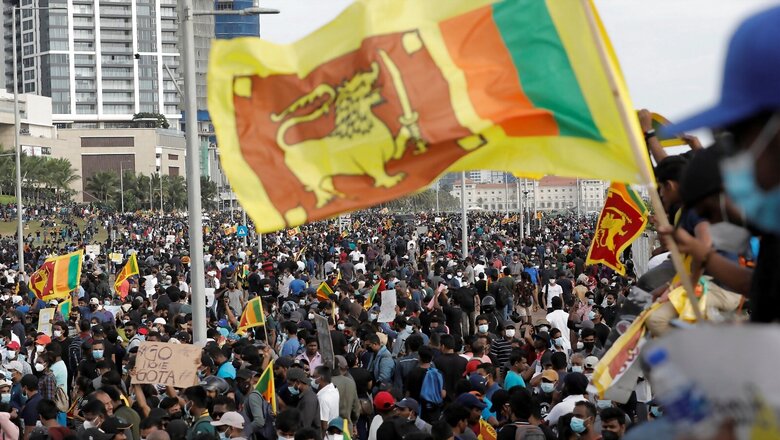
views
Sri Lanka, an island of 22 million, still deeply fractured only 13 years since the end of a civil war, has united as never before. Protests across the nation over the past week have been unequivocal. The primary rallying cry “go home Gota” (aimed at president Gotabaya Rajapaksa) has been accompanied by “go home Rajapaksas” — a fierce rebuke of the family that has dominated Sri Lankan politics this century.
Protesters have come together organically, with little party backing, everywhere from the mostly Tamil north to the largely Sinhalese deep south. This is rare unity in a nation with deep historical fault-lines. It reflects the devastation the economic crisis has precipitated.
So far, the Rajapaksas have been unmoved. Although the president’s nephew Namal Rajapaksa stepped down from his portfolios when the entire cabinet resigned last weekend, he has through the course of the week stated that the president, his uncle, and the prime-minister, his father, do not need to step down.
The Rajapaksas have now also appointed a new central bank governor, and an economic council comprising, most notably, of Dr Indrajit Coomaraswamy, who had headed the central bank under the previous government. But although these appeared sensible moves ahead of major debt restructuring talks with the IMF, Sri Lanka’s population has not been placated. If anything, calls for the Rajapaksas to step down have only grown in scale and volume.
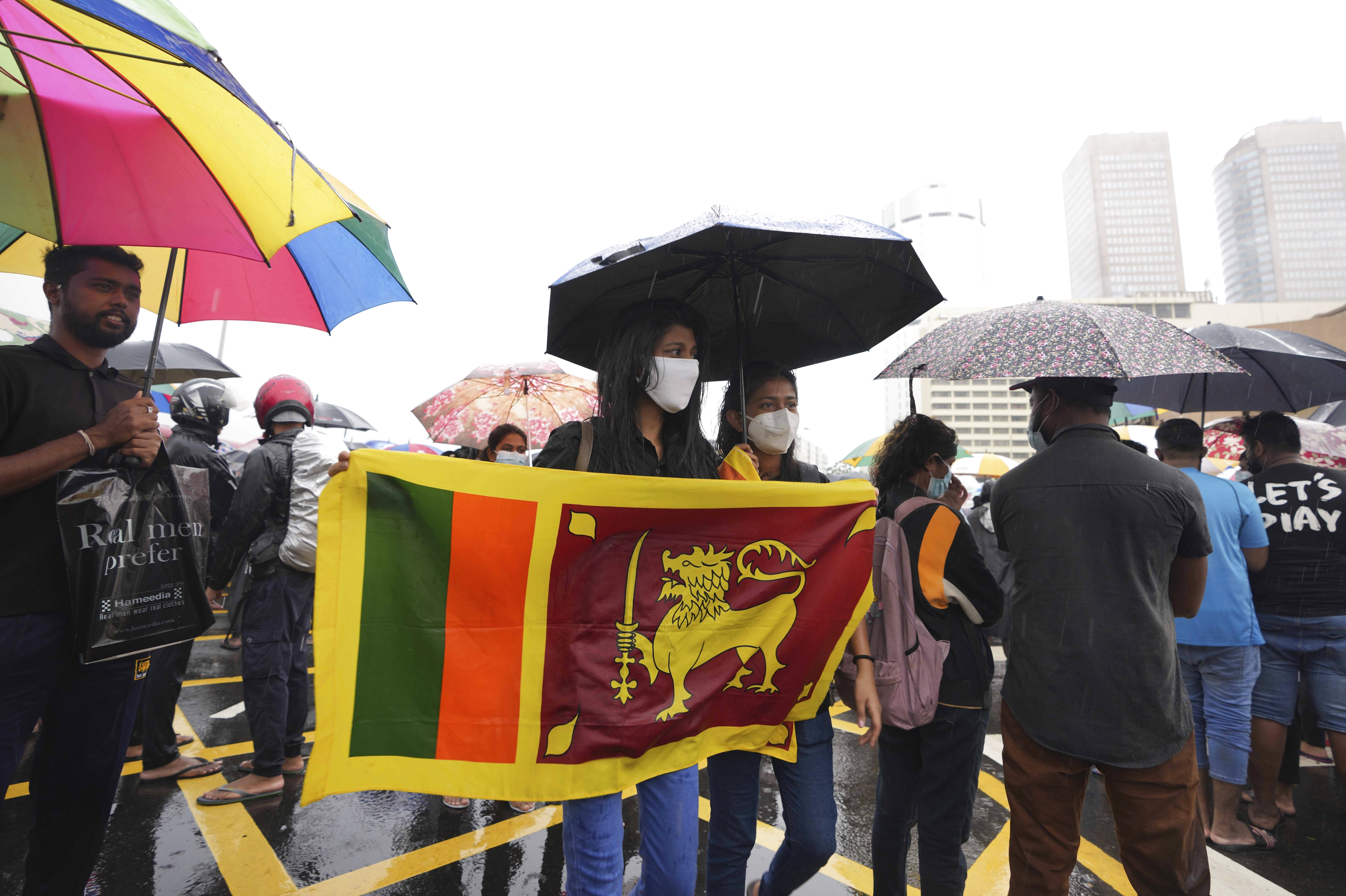
Saturday saw Colombo’s biggest and most vibrant protest yet. In a nation in which it is the major parties that frequently organise and facilitate demonstrations, this one came together organically, a loose collection of student movements, social justice groups, and activists joined by tens of thousands with no stated political affiliation.
The place to which these multitudes thronged was of particular significance. Galle Face Green, a seafront public area which in normal times sees families and young couples gather in the afternoons and evenings, has in recent years been increasingly hemmed in by high-flying developments.
Not only have malls, apartments buildings, hotels, and restaurants, out of reach to the vast majority of Sri Lankans, come up in recent years, Galle Face Green is now dwarfed by the 269-hectare land reclamation project known as Port City. The project, put in motion in by Mahinda Rajapaksa during his second term as president, is being built with foreign money, and once completed, will be partially leased to the China Harbour Engineering Corporation for 99 years.
Elsewhere in the country, major infrastructure projects such as the Mattala International Airport have sent Sri Lanka’s debt skyrocketing, and proved of little use to the public.
The focal point of Saturday’s protest, however, was not the Port City, but the presidential secretariat at the northern end of the Galle Face sweep, which is home to the most powerful office in the land. Protesters began arriving in the morning, and the crowd swelled through the course of the day, hitting a peak around dusk.
In the crowd were many Muslims, who broke their Ramadan fast at the protest, and offered prayers as protestors of other faiths made space and watched on. Gotabaya Rajapaksa had been voted into office on the wave of anti-Islamic sentiment that followed the Easter Attacks in 2019, a wave that he and his party are now widely accused of fomenting.
Late in the day, the protest was joined by families of the victims of the Easter Attacks, as well as Catholic clergy and congregants, who had walked 40 kilometres from Negombo to Colombo in their own protest against the government’s perceived failure to bring the attacks’ plotters to justice. Some of those who had made this journey were seen embracing Muslims at the protest; many joined in the same chants.
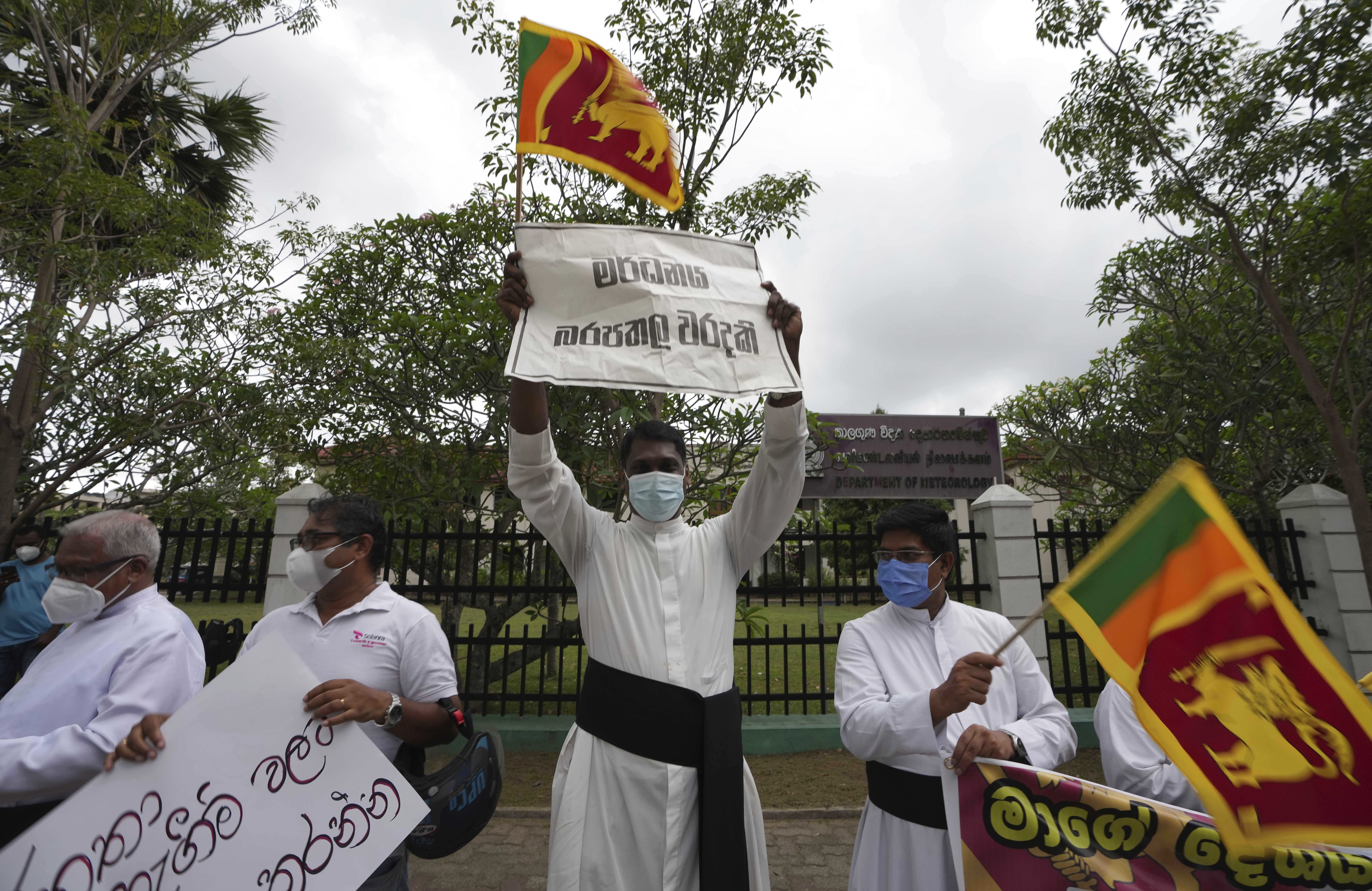
Sri Lanka is now about to go into a week of holidays. The Sinhalese/Tamil New Year is in normal times the biggest celebration in the country, and there is a sense that the Rajapaksas and their government hope the holidays will quell some of the anger against them. Despite the economic crisis, the government last week added two additional state holidays, to the two already in the calendar.
But the protests show no sign of abating. Early on Sunday morning, torrential rains pelted the protest, but the crowd that remained continued, many sodden, others under umbrellas. By afternoon, a spirited mass of dissenting bodies had collected again, filling what space they could between the president’s office, with its limestone columns and neo-Baroque style, the sparkling monuments to excess around them, and the ocean.
On Sunday evening, the chants rose up unceasing, Iftar was had again, and the people continued to persist. The message was as clear as the protesters were united: “We’re not going home until you do.”
Andrew Fidel Fernando is a journalist and award-winning author based in Colombo. The views expressed in this article are those of the author and do not represent the stand of this publication.
Read all the Latest Opinion News and Breaking News here











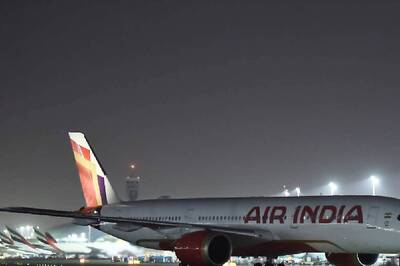

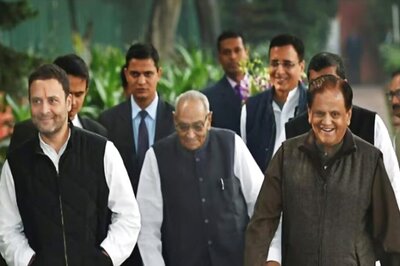




Comments
0 comment